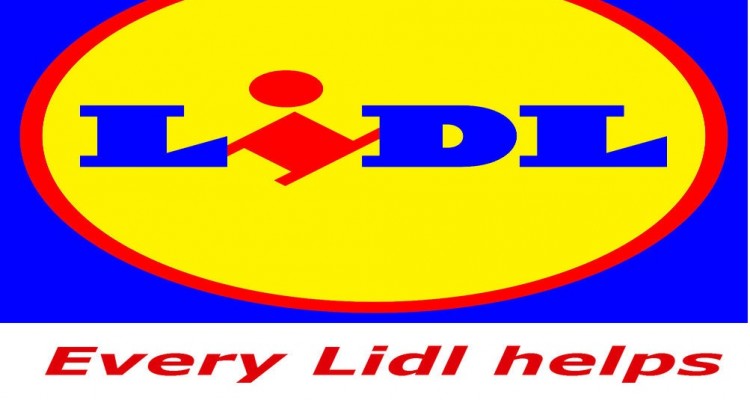Money and Greed Conquer All — Including the Law?
Man walks up to jewellers shop window, chucks a brick through it, grabs a couple of trays of diamond rings and then an hour or two later finds himself wearing steel bracelets and in the back of a Paddy Wagon.
His mate, who the robber had taken into his confidence, had hidden around the corner, took a video of the robbery, sold it to the police and collected the reward.
No excuses for the NRL player recently videoed behaving very badly, but the cockroach, the traitor who took and sold the pictures got something like $40k from the media scum is different. That cockroach deserves a punishment far worse than that metered out to the player.
The other one dobbed in his mate and if he has any vestige of a conscience will have to live with his treachery all of his life.
What motivated the two video enthusiasts? Greed. Greed caused the Global Financial Crisis and few if any ‘on Wall Street’ who caused that crisis were punished, they took their government funded retirement packages and disappeared as wealthy men.
Money Never Sleeps – Neither do the Greedy.

Perversely the 2010 film ‘Wall Street-Money Never Sleeps’ the sequel to the famous 1987 film ‘Wall Street’ starring Michael Douglas became almost cult films. Both stories concentrated on greed and both, apparently, caused a rush of graduate applicants both in America and the UK wanting to work in the banking industry.
One of the few advantages of being over a three quarters of a century young is (thankfully) I can still look back with a deal of clarity and compare yesteryear with today. Don’t jump to conclusions—this is not about the good old days. I have only reached this age because there are cures for what killed many of my ancestors. ‘Jack the Magic Dancer’ is not the man he was and I continue, helped by some very clever people, to beat him. I cannot help but compare our wonderful health system with our antiquated legal system. It is as if we are frightened to change, little realising that an antiquated legal system increases the cost of the health service. Think about it.
My age and my experience were on my mind a lot while was writing the last two episodes of the Global Farmer. I have contemplated if the world has changed or whether I have? Whenever I have started to write this series, the word GREED has materialised on the screen—so I thought this month I should pay it some attention.
I should also declare I have only been to one mortgagee’s sale in my life. I only went to fly the flag. I was a farm manager so the chequebook wasn’t all mine but there was nothing to stop me, for a mate, pushing the bidding if needed.
I saw the mortgagor’s wife in tears while she was serving tea and sandwiches with the other ladies from the CWA. I didn’t stay for the sale. The mortgagor had borrowed to pay a family member out who was a ‘sleeper’ in the family farm. Then we had two dry years and he had a fire over half the farm. I learned later they had a good sale, the neighbours rallied round so he didn’t need me after all. Someone bought his farm ute and gave it back to him.
Then I heard that a neighbour had bought the farm from the receivers and leased it back to the original owner. That was back in the 70s. Maybe many of us were still pulling chains and rakes around clearing land, just like those before us had done going back generations? Maybe there were too many ‘battlers’ there to kick a ‘mate’ when he was down? There were the exceptions of course, there were the ‘greedy’ ones hunting a bargain, but the neighbours outbid them.
Continue reading “National Bank Bastardry – Part III – Greed.”
















